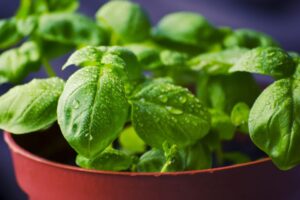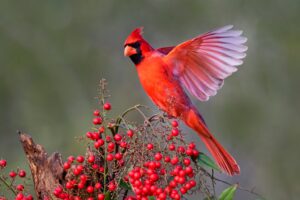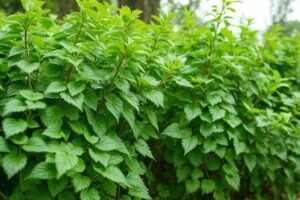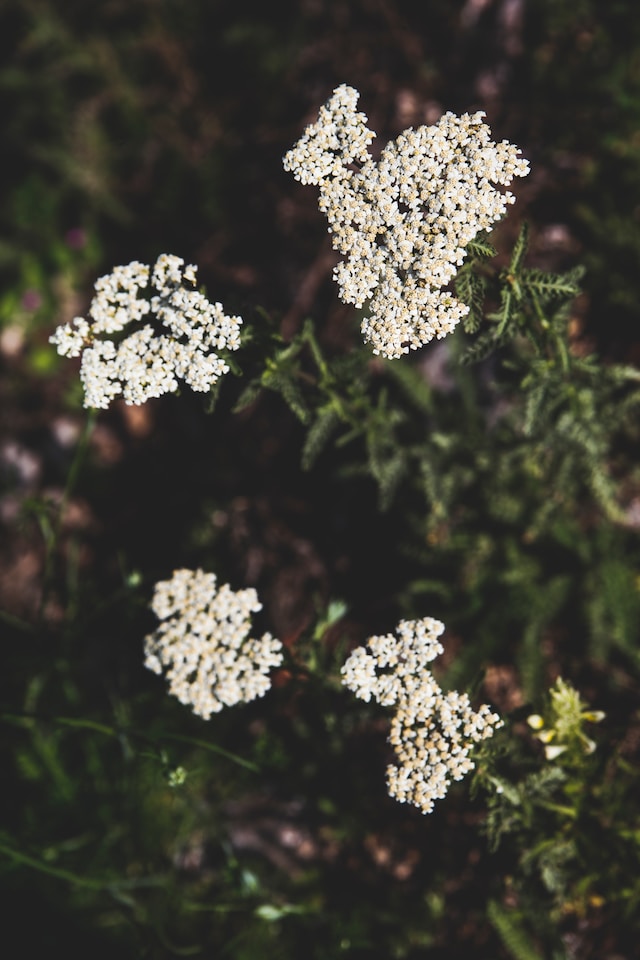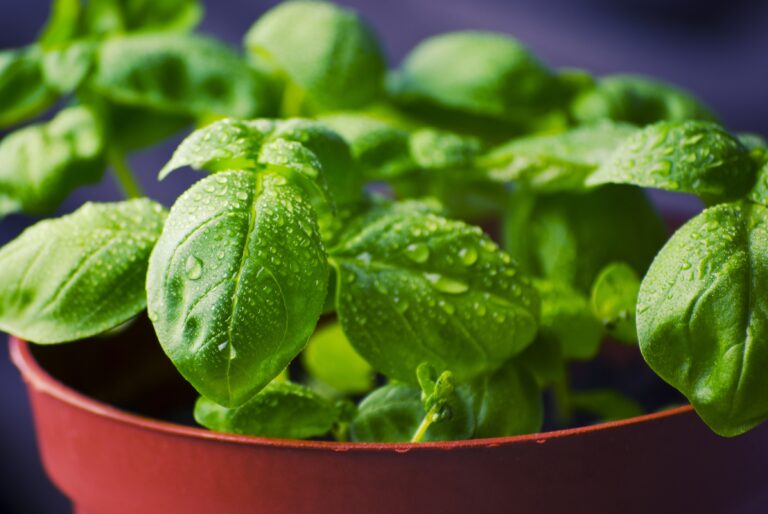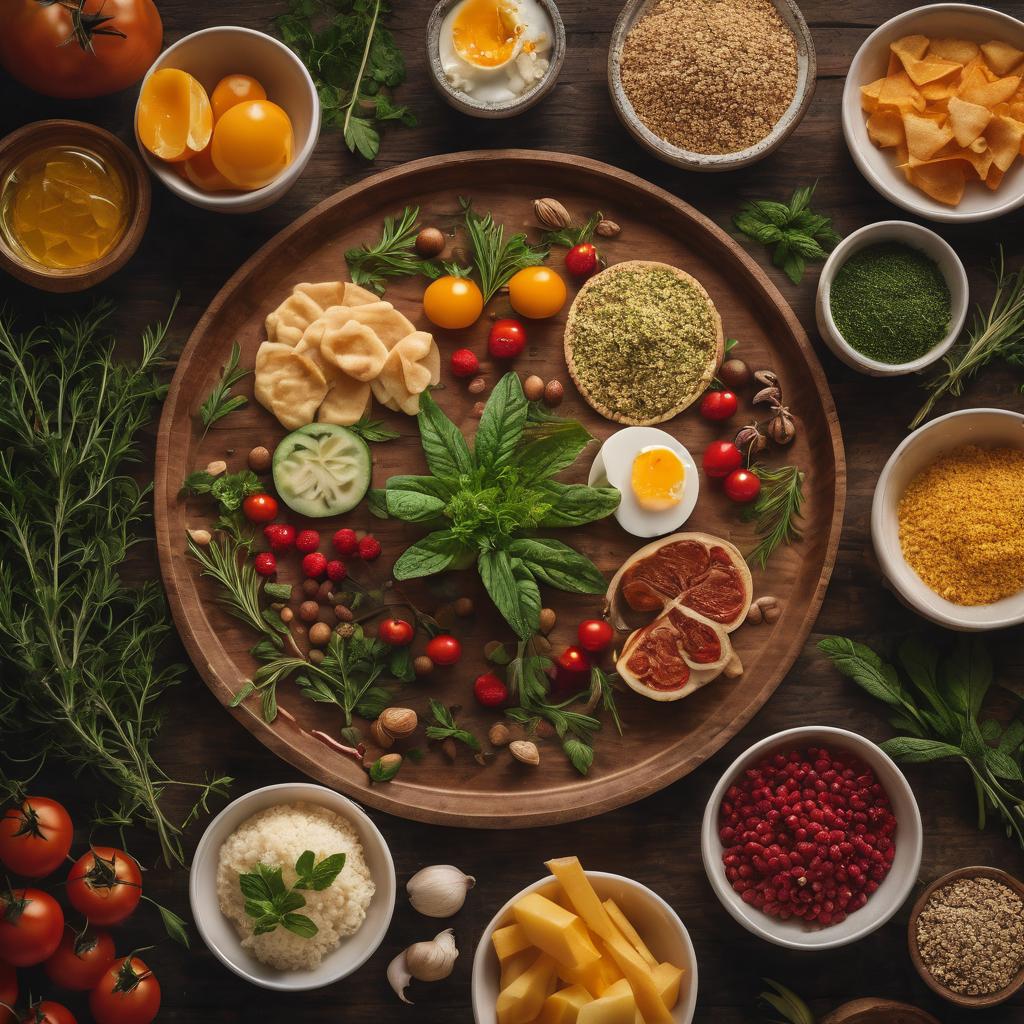Introduction
Yarrow is a perennial flowering plant that’s easy to grow and can be found in many gardens. It’s often used as a ground cover, but it also grows well in containers. Yarrow has pretty white-to-pink flowers and feathery leaves that produce an odor when crushed. People have been using yarrow for thousands of years to treat wounds and reduce fevers. Today, you can find yarrow in health food stores as an ingredient in essential oils or herbal teas—but why not grow your own?
What is yarrow?
Yarrow is a perennial herb that can be found in the wild, but it’s also popular as a garden plant. Commonly called milfoil, yarrow has been used for medicinal purposes since ancient times and is an important food source for pollinators such as bees and butterflies.
Yarrow plants grow to about 2 feet tall with fuzzy leaves that have a fresh fragrance when crushed. Their flowers are small white clusters that look like a tiny daisy–but with fewer petals–that bloom from mid-summer through fall (depending on where you live).
How to Plant Yarrow Seeds
Yarrow seeds should be planted in early spring, when the soil temperature has reached 50 degrees Fahrenheit. They will grow best in full sun and a well-drained soil that has been enriched with organic matter.
Yarrow can also be started indoors if you live in an area where the ground is still too cold for planting or if you want to speed up its growth by giving it an extra boost of nutrients and moisture before transplanting out into your garden. To start your yarrow seedlings indoors, sow them 1/4 inch deep with 3 inches between each seedling; once they’ve germinated (which should be within 5-7 days), thin them so that each plant has at least 4 inches of space around it once they reach maturity. Keep them watered regularly until they’re ready to go outside!
How to Grow Yarrow Plants from Cuttings
You can also take cuttings of your yarrow plants in the spring or fall, and then plant them in pots. You’ll need to give them a bit more attention than if you were just planting seeds, but they are still relatively easy to grow.
Yarrow cuttings should be 6-12 inches long and made with a diagonal cut at the bottom of the stem so that it will heal quickly after being planted into soil. Place these cuttings in water until roots form before moving them into soil mix or potting mix (a combination of peat moss, sand and perlite).
If you want to try growing yarrow from seed instead, first soak some seeds overnight before planting them about 1/2 inch deep in moistened soil mix or potting mix (again using peat moss as one component). Keep warm conditions until germination occurs; this could take up to two weeks depending on temperature conditions indoors–more information about germinating seeds can be found here
Tips for Growing Yarrow in Containers
Yarrow is a hardy perennial that grows well in containers and can be used to spice up the front of your garden. Here are some tips for growing yarrow in containers:
- Use a 4-6 inch pot with rich, well-draining soil. Yarrow will grow in full sun or partial shade. Make sure to water regularly but not too much–yarrow does not like wet feet!
- If you’re growing yarrow from seed, sow directly into the ground after danger of frost has passed (or start indoors). You’ll want about 2 weeks between planting time and when it starts blooming so plan accordingly!
Ways to Use Yarrow in Your Garden
Yarrow is a versatile plant that can be used in many ways. It’s a great groundcover, border plant, companion plant and insect repellent. It also makes for an excellent medicinal herb if you’re interested in making your own medicines at home!
- Groundcover: Yarrow is often used as an alternative to grasses or other low-maintenance plants because it requires little care and will thrive even when neglected by gardeners who don’t have time for regular maintenance tasks like mowing the lawn every week (or even once per season).
- Border Plant: If your space isn’t big enough for flower beds but still needs something colorful along the edges of walkways or between areas where there aren’t any plants yet then yarrow may be just what you need! This perennial grows well in partial shade so it works well along fences or paths where there’s not much direct sunlight coming through windows nearby – just make sure not too much sun gets onto them either since these guys don’t do well with heat either…
Yarrow is easy to grow, but can cause allergies. It’s a good idea to wear gloves while handling it.
Yarrow is a perennial flowering plant that can be grown in your garden or container. It’s easy to care for, but do not handle the plant without wearing gloves as it can cause allergies.
Yarrow is native to Europe and Asia and has been used by humans for centuries–the ancient Greeks used yarrow as an antidote for snakebites, while Native Americans relied on it as both food and medicine. The word “yarrow” comes from the Anglo-Saxon word garw, which means “to strengthen.” Yarrow also goes by several other names including milfoil (because its leaves resemble those of fennel), nosebleed (because its leaves were traditionally put into tea in order to stop nosebleeds), soldier’s woundwort (due to its use as bandages during wartime) and bloodwort (again due to its use as bandages).
Conclusion
Yarrow is a great plant to have in your garden. It’s easy to grow and has many uses. If you want to learn more about yarrow, check out our blog!



